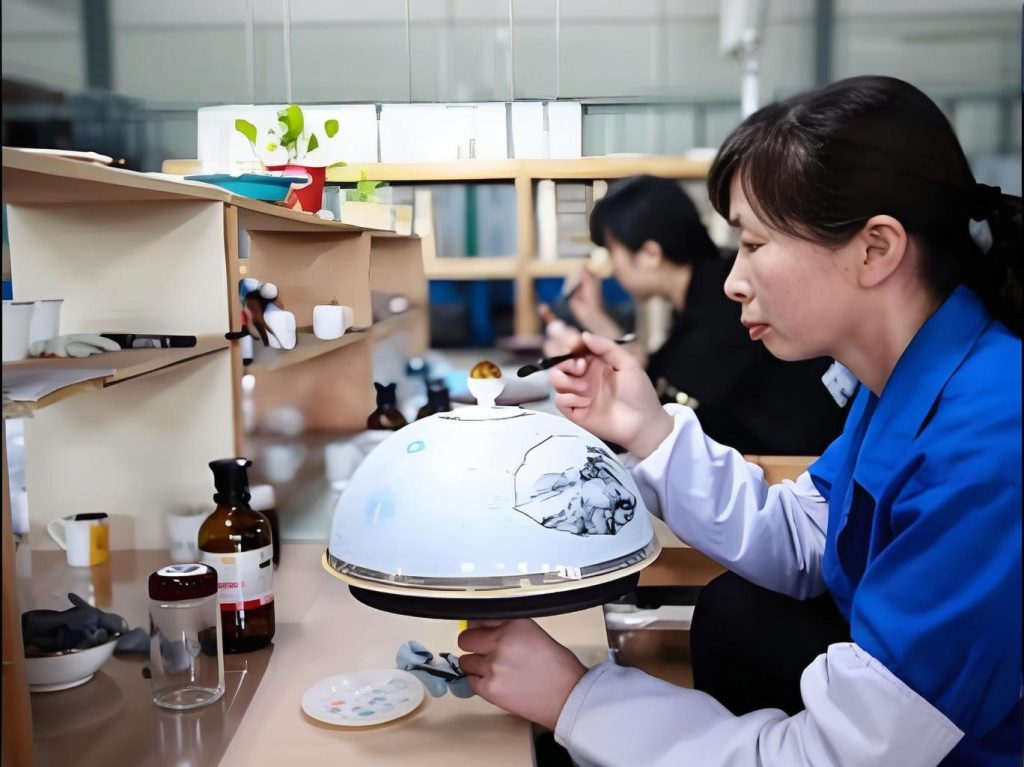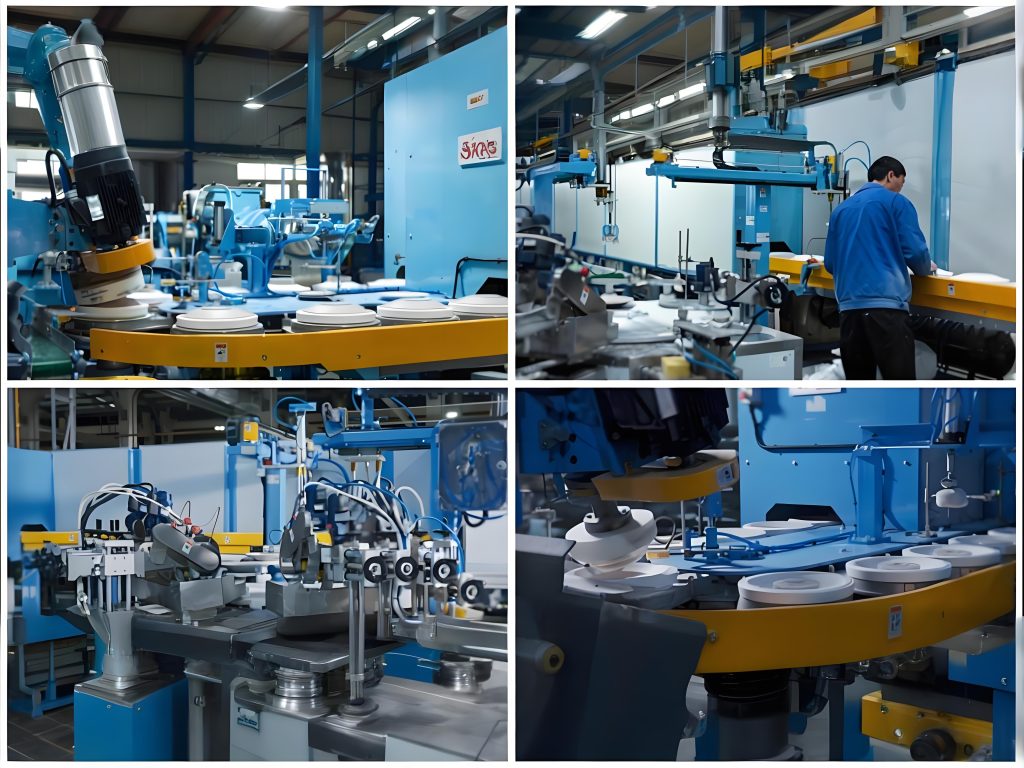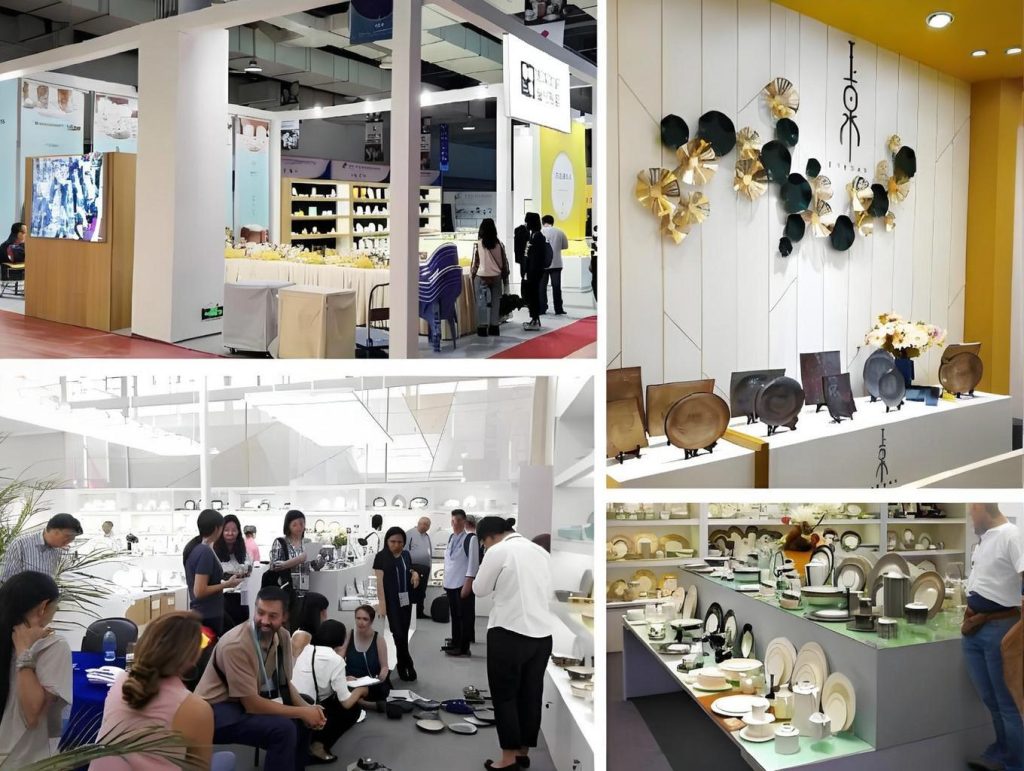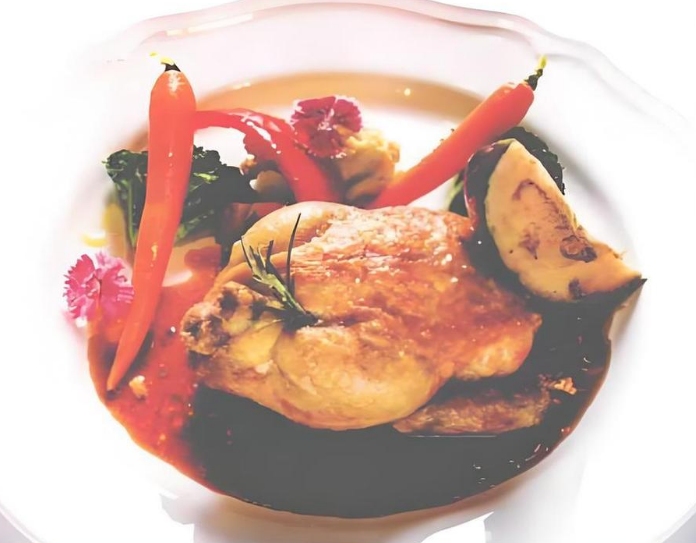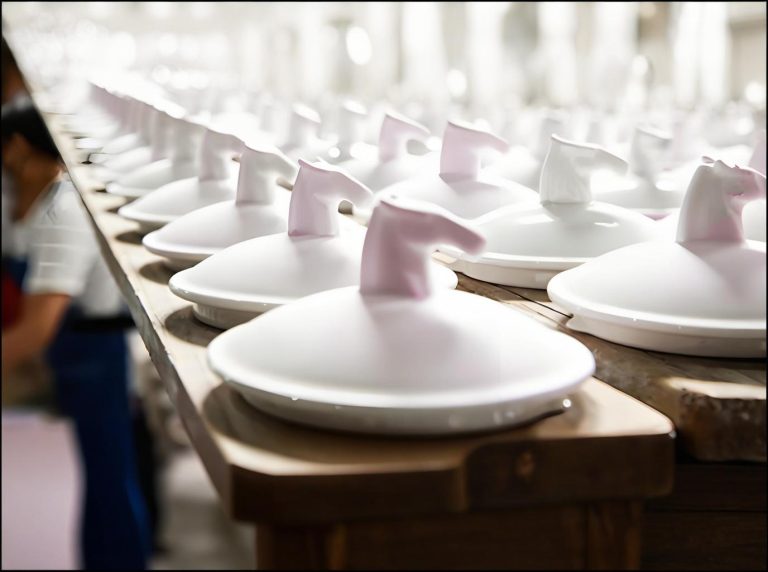Chain Restaurant Tableware: Why Big Brands Quietly Switch Suppliers
Last week, my friend grabbed a cup at a new coffee chain. She studied it for a while. Then she asked me something. “Notice how cups at different chains look similar now?” That got me thinking. What’s the story behind these everyday items?
I dug into Quora and Reddit discussions about chain restaurant tableware. Turns out this boring topic reveals how chain restaurants actually survive.
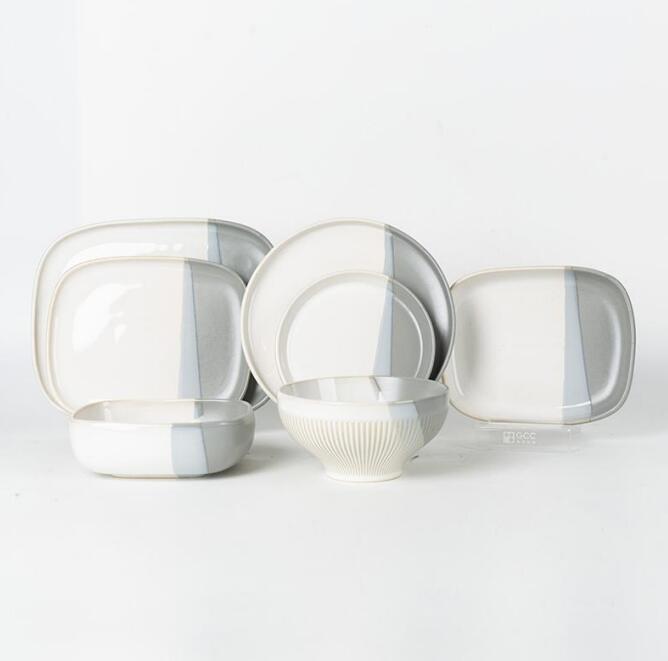
Tableware Does More Than Hold Food
A former McDonald’s supply chain worker shared something on Quora. Chain restaurants spend 3-7% of their operating costs on tableware yearly. Sounds small? For Starbucks with thousands of stores worldwide, that’s billions of dollars.
On Reddit’s r/restaurantowners, small owners complain constantly. “Why do my plates always break?” One top reply put it bluntly:
“You get what you pay for. Those $2 plates from restaurant supply stores? They’ll last 6 months if you’re lucky.”
This reminded me of data I saw before. Regular restaurants lose 20-30% of tableware yearly. Good chain brands keep it under 10%. What’s the difference?
The answer lies in how they work with their tableware manufacturer.
Big Brands Don’t “Buy” Tableware, They “Build Systems”
There’s an interesting Quora question. “Why do chain restaurants use such heavy plates?”
A former Olive Garden manager got 800+ upvotes. He gave three reasons that made total sense:
- Heavy means durable: More weight usually means thicker material. Better drop resistance. Better heat shock resistance.
- Psychology works: Customers subconsciously think “heavy equals quality.” It improves dining experience.
- Standardized operations: Consistent weight makes staff training easier. Stack height stays the same. Dishwasher loading becomes predictable.
But he missed the key point. All this requires deep cooperation with a tableware manufacturer.
I found a post on Reddit’s r/KitchenConfidential. Someone shared a chain brand’s purchasing standards document. Forty pages long! It covered porcelain water absorption rates, glaze hardness, batch color differences. The detail was insane.
One comment said it all. “No wonder my small shop can’t afford this. Testing fees alone would buy me a year’s worth of regular plates.”
Cheap Tableware Costs More
A Reddit post went viral. A restaurant owner compared costs. Walmart’s $50/box tableware versus a professional tableware manufacturer’s $200/box:
| Item | Cheap Stuff | Custom Made |
|---|---|---|
| Unit Price | Low | 3-4x Higher |
| Lifespan | 6-12 months | 3-5 years |
| Breakage Rate | 30% | 8% |
| Dishwasher Compatible | Often jams/discolors | Perfect fit |
| Annual Cost | $400 | $280 |
That last line matters most. What looks expensive actually costs less.
This doesn’t count hidden costs:
- Time wasted on frequent reordering
- Efficiency lost from inconsistent tableware
- Bad reviews from customers noticing flaws
A Quora user shared an extreme case. A pizza chain switched to cheap plates. Plate bottoms got too hot. Customer complaints jumped 40%. They had to recall everything. Direct loss exceeded $500,000.
His conclusion hit hard. “Tableware isn’t just tableware—it’s part of your customer experience infrastructure.”
Exactly right.
“Tableware Black Tech” You Never Noticed
Someone posted on Reddit’s r/mildlyinteresting. “Why does Starbucks cup rim have a small groove?”
The answer surprised me. That groove lets cups stack perfectly while allowing air circulation to prevent suction. Only professional tableware manufacturers can nail these design details.
Similar “hidden features” include:
- Chipotle bowl bottom bump: Lets staff grab with one hand. Speeds up service.
- McDonald’s tray tilt angle: Burgers don’t slide. Fry boxes stay stable.
- IKEA restaurant plate edge: Thicker rim prevents spills at self-service stations.
A Quora industrial designer revealed something. Top chain brand tableware goes through:
- Ergonomic testing with thousands of simulated uses
- Commercial dishwasher testing for 10,000 cycles
- Drop tests from different heights and angles
- Temperature tests from -20°C to 300°C
“This isn’t making tableware. This is making industrial products.” He was absolutely right.
Small Chains Struggle to Survive
Not every restaurant can play this game.
One Reddit post stuck with me. An owner with three locations said something. “My biggest problem now? I can’t find a tableware manufacturer willing to do small custom batches.”
Big manufacturers require 10,000 pieces minimum. He only has 50 seats per location. He can’t use that many. Generic options don’t differentiate him from big brands.
Comments offered suggestions:
- Team up with other small restaurants to “bulk order” customs
- Find second-tier manufacturers for semi-custom work
- Use generic items first, customize after scaling up
Someone joked. “Our small shop’s tableware strategy? Just don’t break too fast.”
How the Pandemic Changed Things
One obvious shift happened recently. Premium disposable tableware.
Quora had this question. “Why do takeout containers suddenly look so fancy?”
The top answer explained something. After the pandemic made takeout mainstream, chain restaurants realized something. Disposable tableware needs to deliver experience too. This led to:
- Biodegradable but stylish sugarcane pulp containers
- Custom packaging with brand logos
- Containers working in both microwaves and ovens
A tableware manufacturer salesperson revealed on Reddit. “After 2020, our custom disposable orders tripled. Many chain brands now invest here.”
They understood something crucial. When customers open takeout boxes at home, your tableware becomes your “mobile storefront”.
Future: Tableware Gets “Smarter”
Let me share something futuristic.
Quora had this topic. “What’s the future of restaurant tableware?”
Someone mentioned technologies being tested:
- RFID chip tableware: Automatically tracks usage count and cleaning status
- Temperature-sensing plates: Color changes warn of food temperature, prevents burns
- Antibacterial coating tableware: Long-lasting sterilization, reduces cross-contamination
Sounds like science fiction? Some chain brands are already testing these.
A Reddit user working for a Japanese restaurant group shared. “Our plates now report how many washes they’ve had and how long they’ve lasted. The system reminds us to replace them two weeks before end of life.”
Behind all this? Innovative tableware manufacturers keep pushing boundaries.

Tableware is an “Invisible” Business
Writing this made me understand something. Why successful chain restaurants invest heavily in “invisible” things like tableware.
It’s not because they have money to burn. They understand a truth. Customers may not remember your menu, but they’ll remember how they felt. And that feeling partly comes from holding that perfectly warm, comfortably weighted, smooth cup or plate.
Next time you visit a chain restaurant, pay attention to your tableware. It might be an industrial artwork. It crossed oceans. It survived tens of thousands of tests. It carries brand philosophy.
But it never steals the spotlight.
That’s what truly professional tableware looks like, right?
If you have any questions or need to custom dinnerware service, please contact our Email:info@gcporcelain.com for the most thoughtful support!

